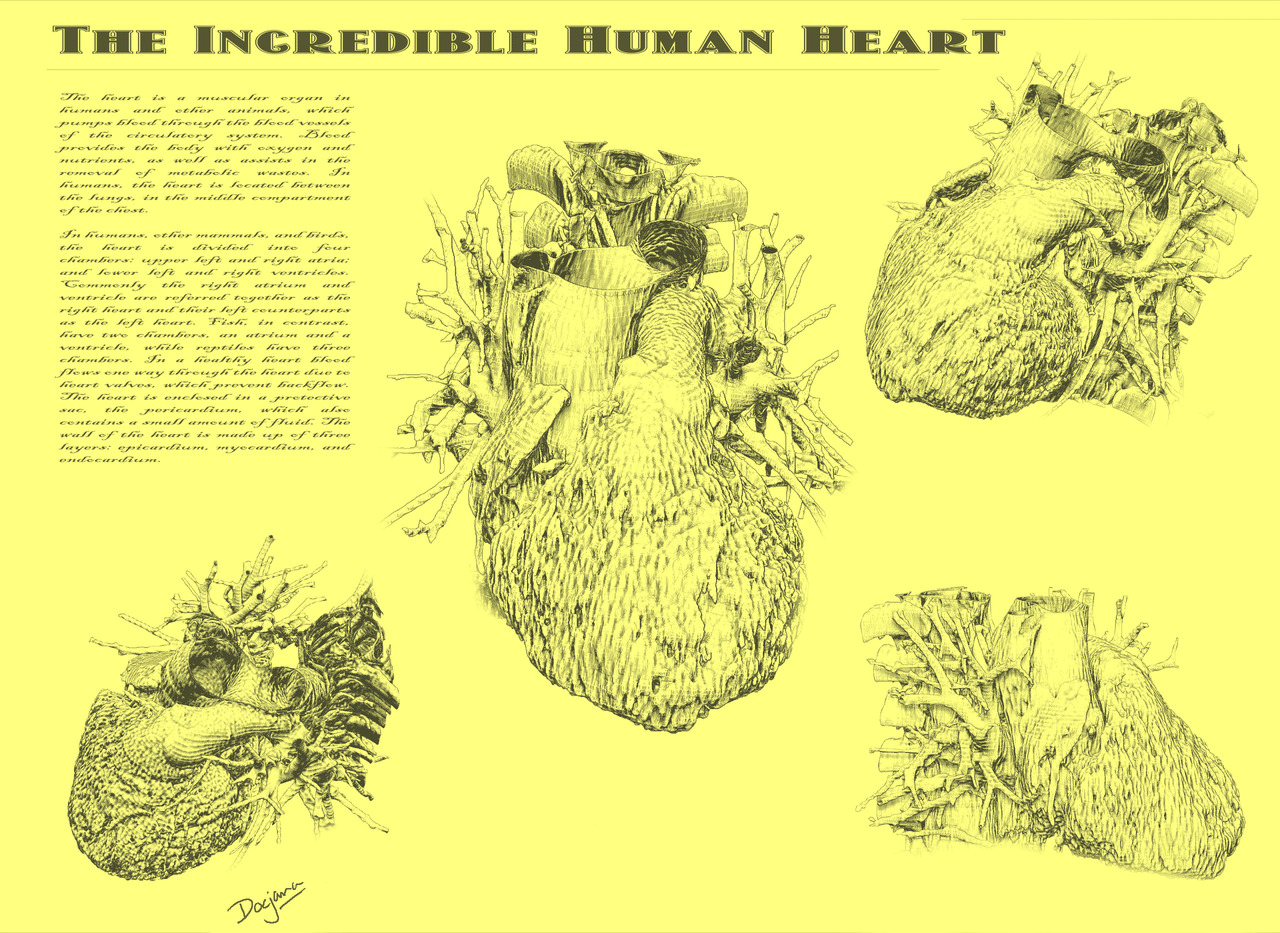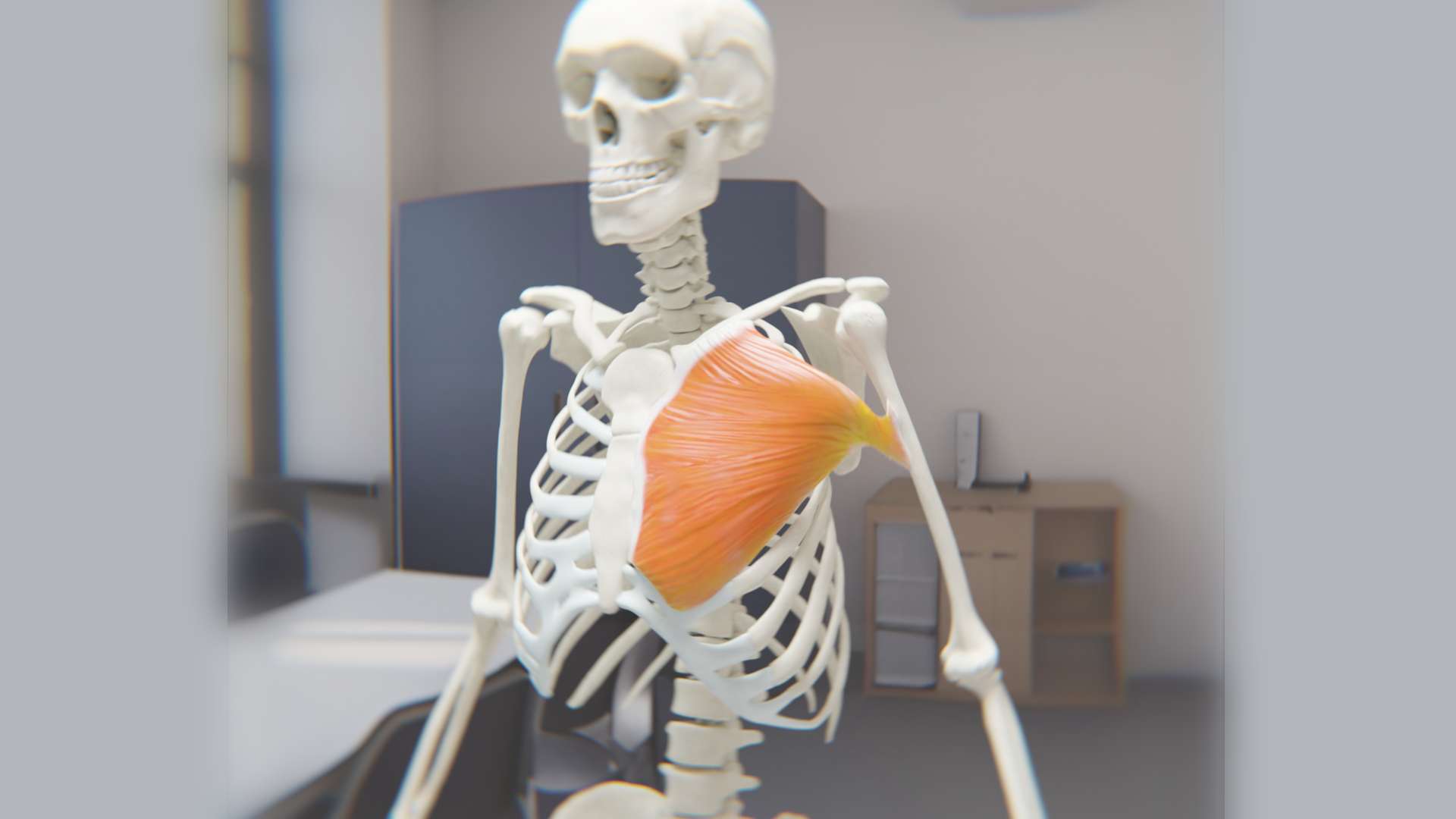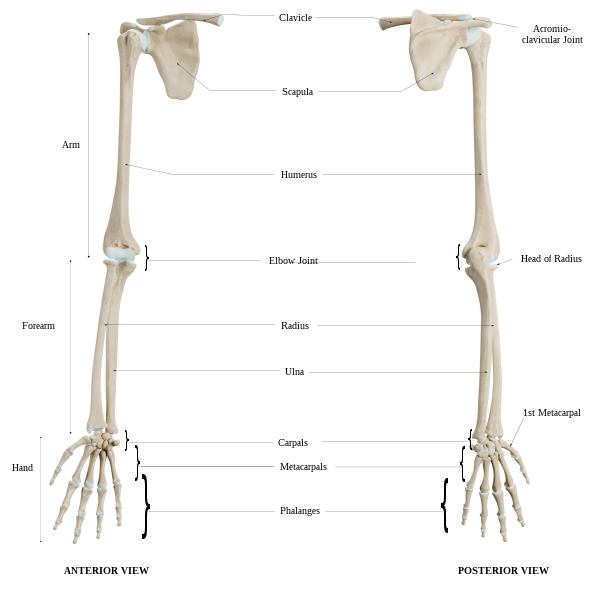Old Textbook Style Animated Heart
A homage to the good old beautiful medical illustrations
I really used to love the old drawings in my gray’s anatomy. Whenever I look at the very old books, I felt that the illustrations though colorless were not really lifeless. Though they could be confusing some times,owing to their intricacy, there is a particular beauty to them which I am sure you might have observed at some point when you were studying.

The newer books tend to be more colorful and maybe more accurate, thanks to the modern advances in imaging technologies, however what they gained in terms of colorfulness and correctness backed by technology, they have lost in grace. The reason is partly due to the lack of any regulation on medical illustrations and second due to the pressure the companies put on artists to create them. Anyhow I am just a doctor so I am not sure I should be getting involved in these things, but what I understand is that real art can never be found by forcing people to do it. It is achieved through passion and pain. So this is my homage to the long last art of beautiful illustrations.

I tried to recreate the look of those old illustrations with the use of modern technologies including 4D CT scanning, volume rendering, image editing which surely were not available for the previous generations, yet they achieved so much. If you want to look at some of them, just head over to the historical anatomies on the web by NIH and see them for yourself.
I got my hands recently on a dicom files of 4d ct, I wanted to create 3d models from them and study the valvular motion of it. This is a very good example of practical study in the theoretical realm. We are not touching the patient, yet learn things that cannot be learnt from textbook data. However my dreams were shattered thanks to the bitter reality of the low resolution scans I had. The dicom files I have did not have enough resolution to make something out of them. However that’s when I got this crazy idea to use it for a stop motion animation from it Muybridge style.

Courtesy of Eadweard Muybridge
Basically what he did is to take a few series of photographs and placed them one after the other. My idea was also something similar to it, use the 4d CT data with each dicom set as a single frame. I created this one with 10 frames and looped it. Took the volume data, rendered it and added this old school effects in post processing. Really was a fun project to do. Looking for more dicom data to create something better. Also just like other images on the site, this image is also under Creative Commons. Cheers!

Right Click and choose Save Link As… to download.

This work is licensed under a Creative Commons Attribution 4.0 International License.
You can even find the image on wikipedia here.
Also checkout the Cardiac cycle animation I made before if you are interested.



